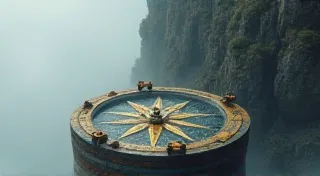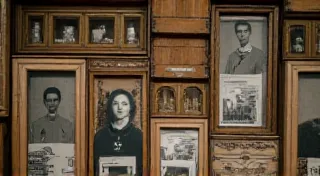The Clockwork Heart of Nostalgia: Dissecting the Emotional Resonance of Forgotten Games
There’s a peculiar ache that settles in the chest when you encounter a forgotten board game. Not the simple regret of recognizing a relic of childhood, but something deeper, a feeling of lost connection, a whisper of what once was. These aren't just cardboard and plastic; they're time capsules, meticulously crafted windows into specific moments in history, and crucially, into the personal narratives of those who played them. Why do these forgotten tabletop experiences hold such a profound emotional resonance? It’s more than just nostalgia; it's a complex interplay of memory, narrative attachment, and an appreciation for tangible craftsmanship that’s often missing in the digital age.
Think of it like an antique accordion. More than just a musical instrument, it's a testament to a lost era of meticulous engineering and artistry. The bellows, carefully stitched and reinforced, the keys, each precisely weighted and voiced, the intricate carvings on the casing – all speak of a dedication to quality and a pride in creation that’s often lacking in mass-produced goods. Similarly, many forgotten board games, especially those from the mid-20th century, bear witness to a period where game design prioritized longevity and tactile appeal.
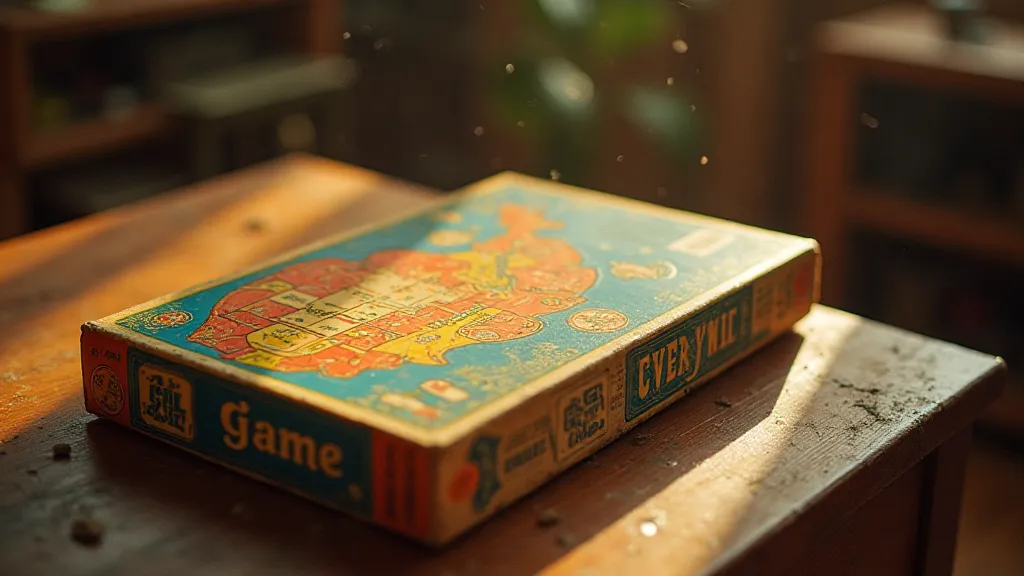
The Tangibility of Time: More Than Just Rules
Today, games are increasingly digital, existing as lines of code and fleeting pixels on a screen. While digital games offer incredible innovation and accessibility, they lack the tangible presence of a physical board game. Holding a game, examining its components, feeling the weight of the wooden pieces, even smelling the faintly musty scent of aged cardboard – these sensory details trigger memories in a way that digital experiences often cannot. The act of physically engaging with a game creates a deeper connection to it, anchoring it to specific memories and emotions. It’s fascinating how even the seemingly mundane aspects – the instruction manual, the box art – contribute to this feeling. Consider the care with which early game designers approached crafting these instructions; they weren't simply delivering rules, they were setting a tone, building anticipation, and even contributing to the overall narrative. You can almost feel the effort involved; a stark contrast to the often-truncated instructions found in modern digital experiences. Understanding the historical context of these games requires a deep dive into the nuances of those now-forgotten instructions, almost like attempting to decipher the parchment's whispers of a bygone era.
I recall finding my grandfather’s copy of "The Game of the States" at an estate sale a few years ago. I hadn’t seen it since I was a child, and the sight of that brightly colored box instantly transported me back to summer afternoons spent learning about American geography. It wasn't just about memorizing states and capitals; it was about the feeling of being safe and loved, the sound of my grandfather's chuckle as he guided me through the rules. The game itself became a symbol of that bond, a tangible representation of a precious, fleeting time.
The Narrative Attachment: More Than Just Winning
Many forgotten board games weren't simply about winning or losing; they were about the stories that unfolded during the gameplay. They created shared experiences, fostered competition, and, most importantly, built memories. These games often featured unique, often quirky, themes and narratives, far removed from the often-grim and hyper-realistic narratives prevalent in modern gaming. The simplicity of these narratives, coupled with the shared experience of playing, allowed for a deeper level of imaginative engagement. It’s within these narratives, often seemingly straightforward, that the true magic of forgotten games resides. The framework for these narratives, sometimes rudimentary, acted as a storyteller’s bones, allowing imaginations to flourish and creating a shared experience that resonated far beyond the rules of the game itself.
Consider games like "Fireball Island," with its perilous plastic volcano and miniature boulders. It wasn't just about navigating a board; it was about shared peril, collective laughter as boulders crashed down, and the triumphant feeling of reaching the peak. These were collaborative narratives, shaped by the actions of all players. Modern gaming often emphasizes individual achievement, but these forgotten games thrived on shared storytelling and the creation of lasting memories within a group. The appeal wasn't necessarily in mastering a complex skill set, but in the joy of a shared, slightly chaotic, narrative experience.
Craftsmanship and a Lost Art
The quality of the components in many forgotten board games is also a key factor in their emotional resonance. These weren’t mass-produced commodities; they were often crafted with care and attention to detail. The wooden pieces, the sturdy cardboard, the beautifully illustrated boards – they represent a commitment to quality that’s often lacking in today’s disposable culture. The very act of designing and producing these games involved a consideration of materials and manufacturing processes that prioritized durability and aesthetic appeal. It speaks to a different philosophy, one that valued longevity and tangible beauty over short-term profit margins.
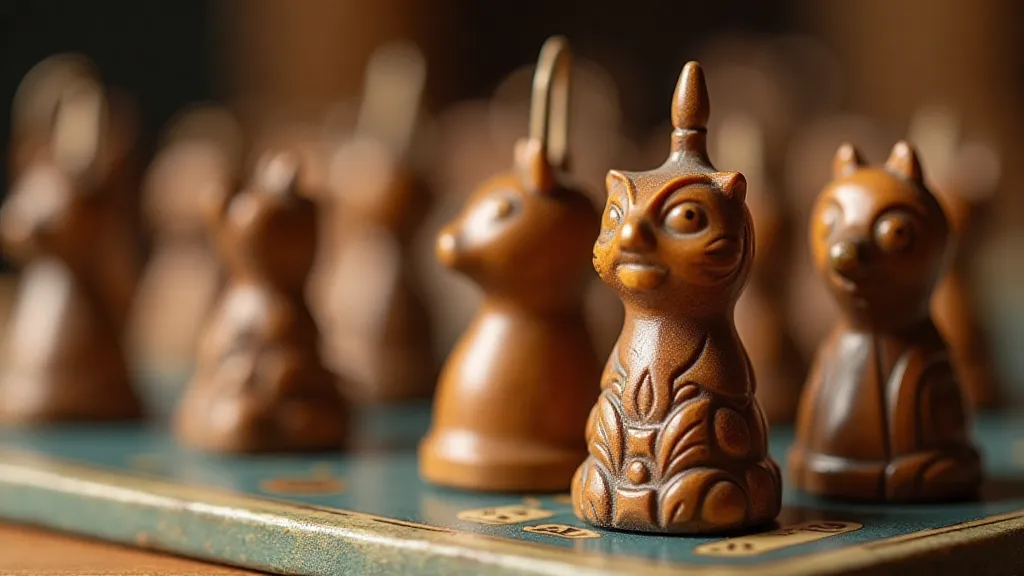
My collection includes a copy of “Adventureland,” a game from the 1970s, where the game board itself was a series of interlocking puzzle pieces that formed a jungle landscape. The level of detail and the tactile feel of those pieces were remarkable. It spoke to a time when manufacturers were willing to invest in creating a truly immersive and engaging experience. The design wasn't just about functionality; it was about creating a sense of wonder and transporting the player to another world. Understanding how these trends shifted and evolved over time illuminates the broader landscape of game design – a journey meticulously charted by the cartographer’s lament.
The Collector's Eye and the Restoration Ethos
The act of collecting and restoring forgotten board games is, in many ways, an act of preservation. It’s about rescuing these cultural artifacts from obscurity and ensuring that future generations have the opportunity to experience them. The restoration process itself can be incredibly rewarding, breathing new life into these forgotten treasures. It demands patience, skill, and a deep appreciation for the original artistry. Often, the designers themselves remain unknown, their contributions lost to time. Unearthing these forgotten figures requires a meticulous and dedicated effort - almost like piecing together a map from fragmented clues, uncovering the cartographer’s shadow, revealing the unsung heroes of the gaming world.
Restoration isn't just about replacing missing pieces or repairing damaged boxes; it's about understanding the history of the game and respecting its original design. It requires patience, attention to detail, and a genuine appreciation for the craftsmanship that went into its creation. Knowing that you’re contributing to the preservation of a piece of gaming history is a powerful motivator. Beyond the tangible act of repair, it’s about reconnecting with the spirit of innovation and creativity that defined a generation of game designers.
The Bittersweet Ache of Memory
The emotional resonance of forgotten board games isn't always positive. There's often a bittersweet ache that accompanies the rediscovery of these relics. They represent a time that's gone, a childhood that's passed, a connection that may be lost. They serve as poignant reminders of the impermanence of time and the inevitability of change. It's a feeling that resonates deeply because these games weren't just diversions; they were integral parts of our formative years, shaping our values, fostering our imaginations, and forging lasting bonds.
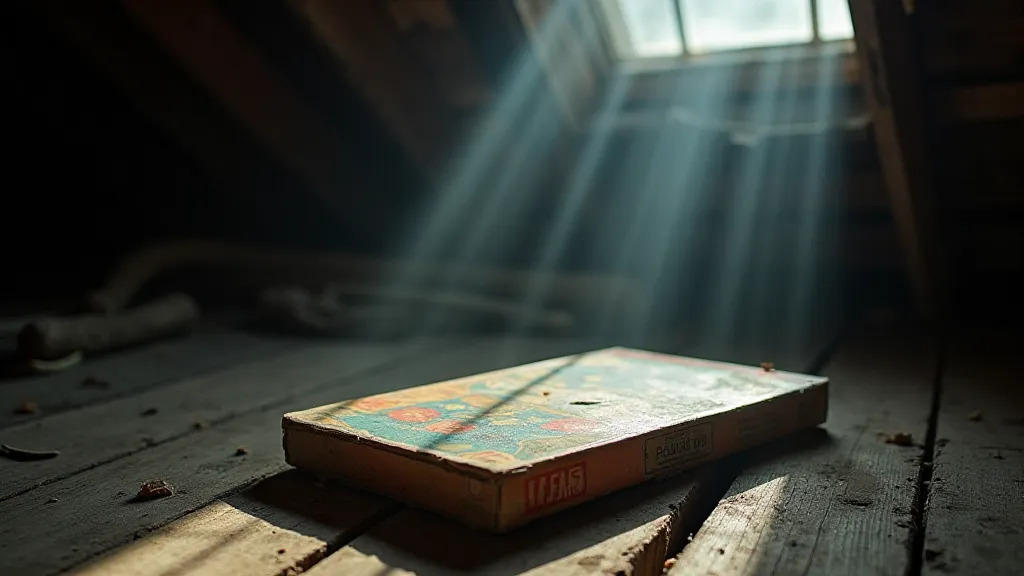
However, this bittersweetness is also part of what makes these games so special. They remind us to cherish the memories we have, to appreciate the people we’ve shared them with, and to find beauty in the passage of time. They are more than just games; they are tangible links to our past, invitations to relive cherished moments, and enduring symbols of the power of play. They offer a window into a simpler time, a time when human connection and imaginative play were prioritized over technological advancement. And in that reflection, we find not just nostalgia, but a deeper understanding of ourselves and the world around us.
